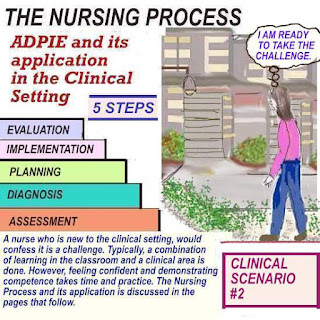ADDRESSING SOME OF THE RISKS OF THE POSTOPERATIVE PATIENT
and refuses to cooperate with breathing exercises. She is now beginning
to display the signs / symptoms of postoperative pneumonia.
What are some of the risks of the surgical patient?
The surgical patient is at risk for: hypothermia, dehydration,
postoperative pneumonia, DVT , paralytic ileus or a cardiac event.
In the immediate postoperative period, a patient may develop pneumonia,
if breathing exercises are neglected .The incentive spirometer is
used for this purpose.The plan of care is used to reflect what is
needed to improve patient progress.
if breathing exercises are neglected .The incentive spirometer is
used for this purpose.The plan of care is used to reflect what is
needed to improve patient progress.
Abdominal assessment for paralytic ileus is also important.
This leads to abdominal distention and absent bowel sounds .
This leads to abdominal distention and absent bowel sounds .
DVT ( deep vein thrombosis) can be avoided by encouraging
leg exercises, using TED hose or SCD device on the patient
confined to bed.
leg exercises, using TED hose or SCD device on the patient
confined to bed.





Comments
Post a Comment